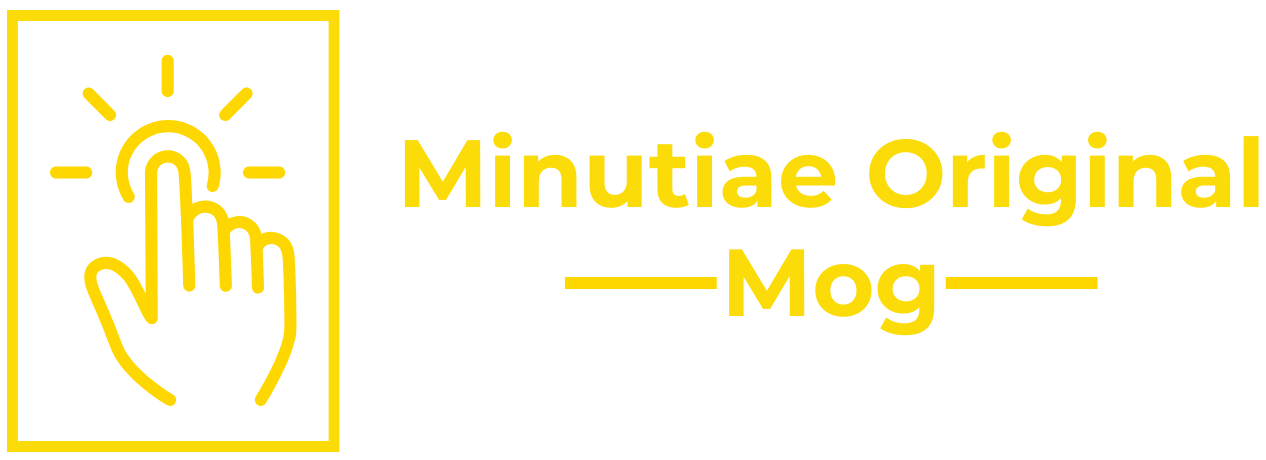You’ve tried the team-building exercises. You’ve invested in the latest project management software. You’ve given the motivational speeches. Yet, your team still can’t seem to get on the same page. Deadlines are missed, communication breaks down, and that brilliant project goal feels further away than ever.
It’s easy to point fingers. To label a colleague as “difficult” or a team as “dysfunctional.”
But what if the problem isn’t your people?
The truth is, you’re likely treating the symptoms, not the disease. The friction you’re experiencing is a signal of a deeper, hidden issue. For decades, we’ve misdiagnosed collaborative failure as a personal or communication problem, when in reality, it’s a diagnostic problem. We haven’t had the right tool to identify the root cause.
Based on my work with hundreds of teams and the research behind my book, The Leader Factory, I’ve identified the four root causes that derail collaboration. Once you learn to spot them, you can stop blaming your team and start fixing what’s actually broken.
The 4 Hidden Reasons Your Collaboration is Failing
These four pillars form a powerful diagnostic framework that allows you to cut through the noise and pinpoint the exact source of any collaborative friction.
1. The Priority Clash (Time)
The Symptom: “I don’t have time for this.” or constant delays on a specific task.
The Root Cause: This is almost never about the number of hours in the day. It’s a clash in priorities. Your team member has time, but they are allocating it to something they perceive as more urgent, valuable, or personally rewarding than the task you’ve set. Their “Time” is being spent elsewhere because their priorities are misaligned with the project’s needs.
2. The Purpose Disconnect (Actions)
The Symptom: “This doesn’t make sense.” or passive-aggressive compliance where the work is done poorly without enthusiasm.
The Root Cause: The team member doesn’t see the “why” behind the “what.” There is a fundamental disconnect between their personal motivations, beliefs, or understanding of the goal and the Actions they are being asked to take. When people can’t connect a task to a larger purpose they believe in, their buy-in evaporates, and resistance creeps in.
3. The Capacity Mismatch (Size)
The Symptom: “This is too much work!” or, conversely, “Is this all I’m doing?” which signals disengagement.
The Root Cause: The Size and scope of the task is misaligned with the individual’s capacity or need for a challenge. The work is either so large and complex that it feels overwhelming and paralyzing, or so small and simple that it feels trivial and insulting. It’s not laziness; it’s a plea for the work to be resized into something manageable and meaningful.
4. The Knowledge Gap (Knowledge)
The Symptom: “I don’t know how.” or missed details, constant questions, and avoidable errors.
The Root Cause: This isn’t necessarily a lack of intelligence. It’s a Knowledge problem. This can be a straightforward gap in skills or information. But more often, it’s a lack of psychological safety—the fear of looking incompetent prevents them from asking questions or admitting what they don’t know. The environment, not the individual, is often the real problem here.
Your First Step to a Fix: A Simple Diagnostic Exercise
You can start changing your team’s dynamic today. The key is to shift from a culture of blame to a culture of diagnosis.
The Mini-Exercise:
The next time a team member says, “I’m too busy,” resist the urge to sigh or command them to “find the time.”
Instead, pause and ask this simple, diagnostic question:
“Help me understand what’s taking priority right now?”
This one question works wonders. It does not accuse. It does not command. It seeks to understand. It acknowledges that they are a rational person with a full plate and opens a conversation about how to re-prioritize together. You’re no longer adversaries; you’re partners solving a priority puzzle.
This is the essence of a diagnostic mindset. You’re treating the “I’m too busy” complaint not as the final word, but as a symptom to be investigated.
This Is Just the Beginning
Learning to diagnose these four issues—Time, Actions, Size, and Knowledge—will transform how you lead and collaborate. But this is just the starting point. These pillars form The TASK Framework, the core diagnostic tool of a larger system designed to build a culture where leadership thrives and collaboration is seamless.
In my new book, The Leader Factory, I provide the complete blueprint for turning these diagnostic insights into a powerful, self-sustaining collaborative culture. You’ll learn:
- How to run a “Collaborative Pre-Mortem” to spot these friction points before a project even begins.
- The Seven Cornerstones for building an environment where everyone takes ownership.
- How to cultivate the Five Habits of Leadership in every team member, creating a true leadership factory from within.
Stop blaming your team and start building them up.
[Ready to solve your team’s collaboration problems for good? Click here to learn more about The Leader Factory and get your copy today!]

